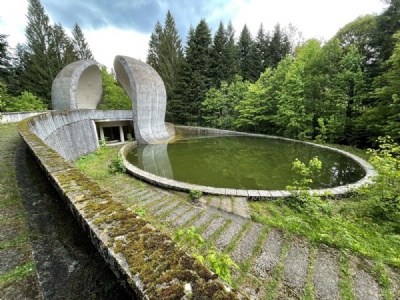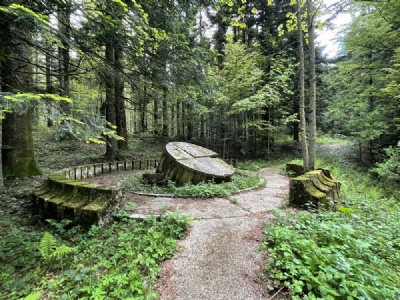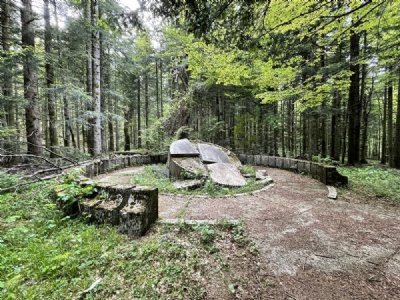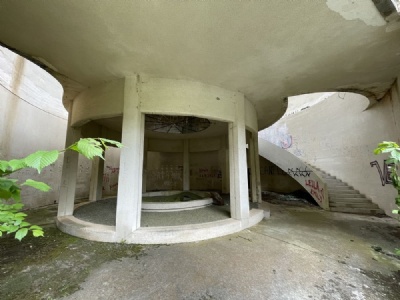Grmec
In late 1941, Tito’s partisans began to liberate previously occupied territories in present-day northwestern Bosnia which then belonged to the independent state of Croatia (NDH). A puppetstate to both Germany and Italy. The partisans set up bases in hard-to-reach areas difficult or impossible for the Germans to reach and detect. Beside bases, field hospitals were also built where wounded partisans were brought for medical care. Several field hospitals were set up in a mountainous area called Grmec and the largest of them was located on the northern slopes of a mountain called Korcanica. Construction began in February 1942 and it was called Bosanska Krajina and is said to have been the largest field hospital set up at the time. However, when the Axis powers began operation White in January 1943 with the aim to recapture areas controlled by the partisans, the hospital was in the direction of attack by the Germans. The partisans felt compelled to evacuate the field hospital and when the Germans arrived at the site all the wounded, all the equipment and personnel had been evacuated and all the buildings had been destroyed, or at least put into unusable condition. During the field hospital’s existence between January 1942 and February 1943, about 2,800 partisans were treated at the hospital.
Current status: Partly preserved/demolished (2025).
Location: 44°41' 14.42" N 16°26' 15.83" E
Get there: Car.
Follow up in books: Batinic, Jelena: Women and Yugoslav Partisans (2017).








The monument was erected as late as 1979 and bears the shape of a flower in bloom. For those who are familiar with the Alien movies, the similarity is striking with a temple that appears in the film, Alien: Covenant, from 2017. In front of the monument, but still part of the monument, is an artificial pond and in the woods around the monument are a number of smaller monuments that probably mark the location of various buildings that existed, such as surgery, kitchen, sleeping quarters, storage room, etc. Under the flower there is (or was) a memorial hall. During the civil war in the early nineties, the monument avoided destruction, but was left and has since been abandoned, but still in what I usually say, beautiful decay. It has been looted on useful material and subjected to minor graffiti but avoided any major vandalism. This is probably because it is far out in the mountain forest where few people go. But its mix of decay, preservation, seclusion and quietness makes it a truly exciting place to visit and explore.